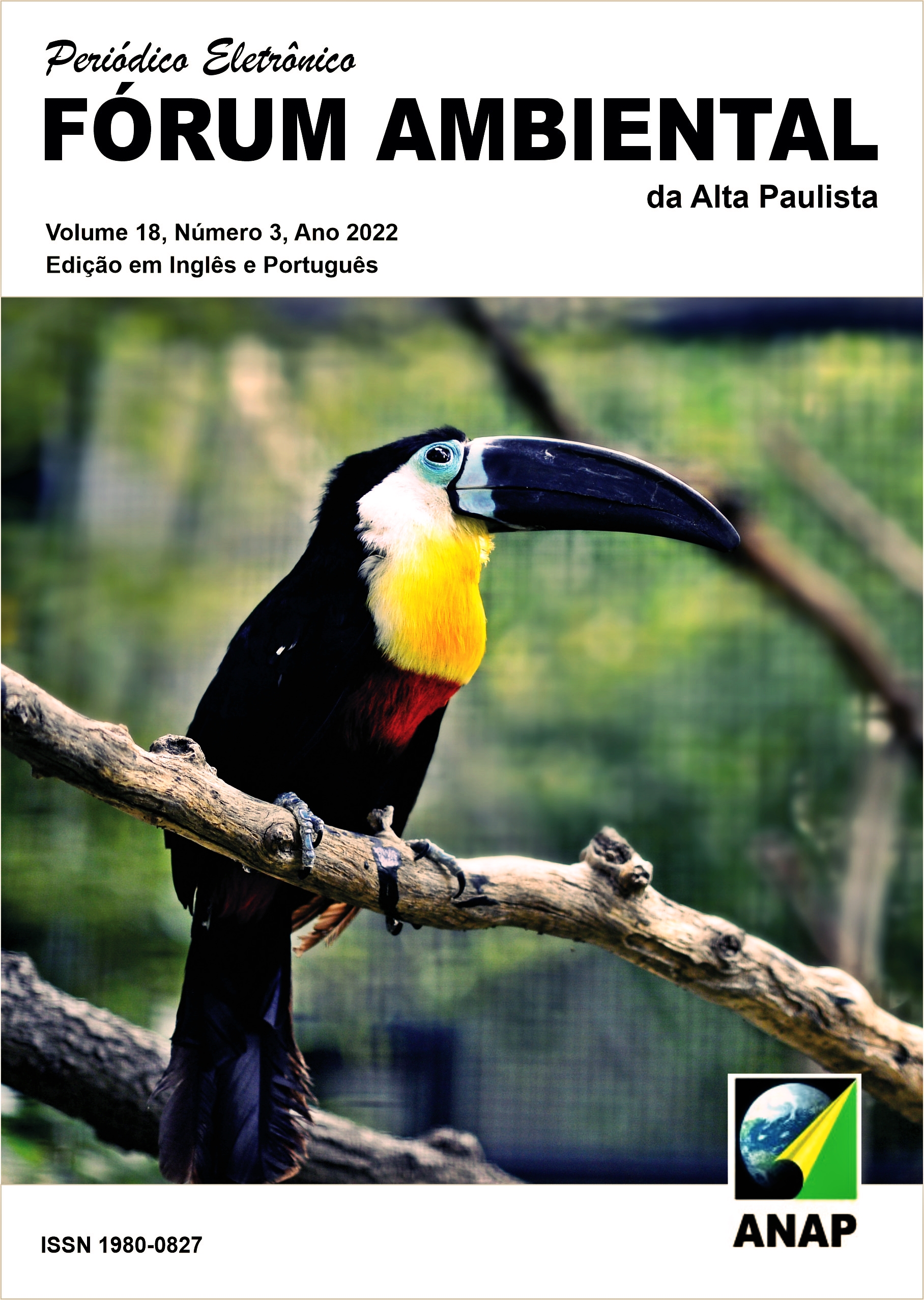Dairy farming dynamics in the state of São Paulo
DOI:
https://doi.org/10.17271/1980082718320223256Resumo
Dairy farming is one of the most relevant sectors of Brazilian agribusiness and it has high socioeconomic importance to the nutrition and food safety of the population. In 2019, Brazil was ranked as the sixth largest milk producer in worldwide. However, the state of São Paulo has been particularly showing a gradual decrease in the country’s prominence regarding milk production, as it was downgraded from the second largest producer in 1990 to the sixth one in 2019. In this context, the general objective of this research is to analyze the dynamics of the dairy farming system in the state from Sao Paulo. For such a purpose, this work was developed through an exploratory research of a quantitative nature. Moreover, a literature review on the subject and documental research allowed analyzing the explanatory factors of productivity changes in dairy farming activities, and it was found that the state of São Paulo presented a significant reduction in its cattle herd and milked cows during the period of analysis (1990-2019), thus leading to lower milk production. Despite managing to increase its milk productivity rates, the state has not followed the nation’s growth trend for the sector. A combination of these factors explains such a reduction in São Paulo's prominence nationwide. Its productive structure does not seem to be an influencing factor in such dynamics, since the features of production in small farms and Family Farming are similar among its main producing states and the country as a whole.
Downloads
Publicado
Edição
Seção
Licença
Direitos autorais (c) 2022 Periódico Eletrônico Fórum Ambiental da Alta Paulista

Este trabalho está licenciado sob uma licença Creative Commons Attribution-NonCommercial-ShareAlike 4.0 International License.














